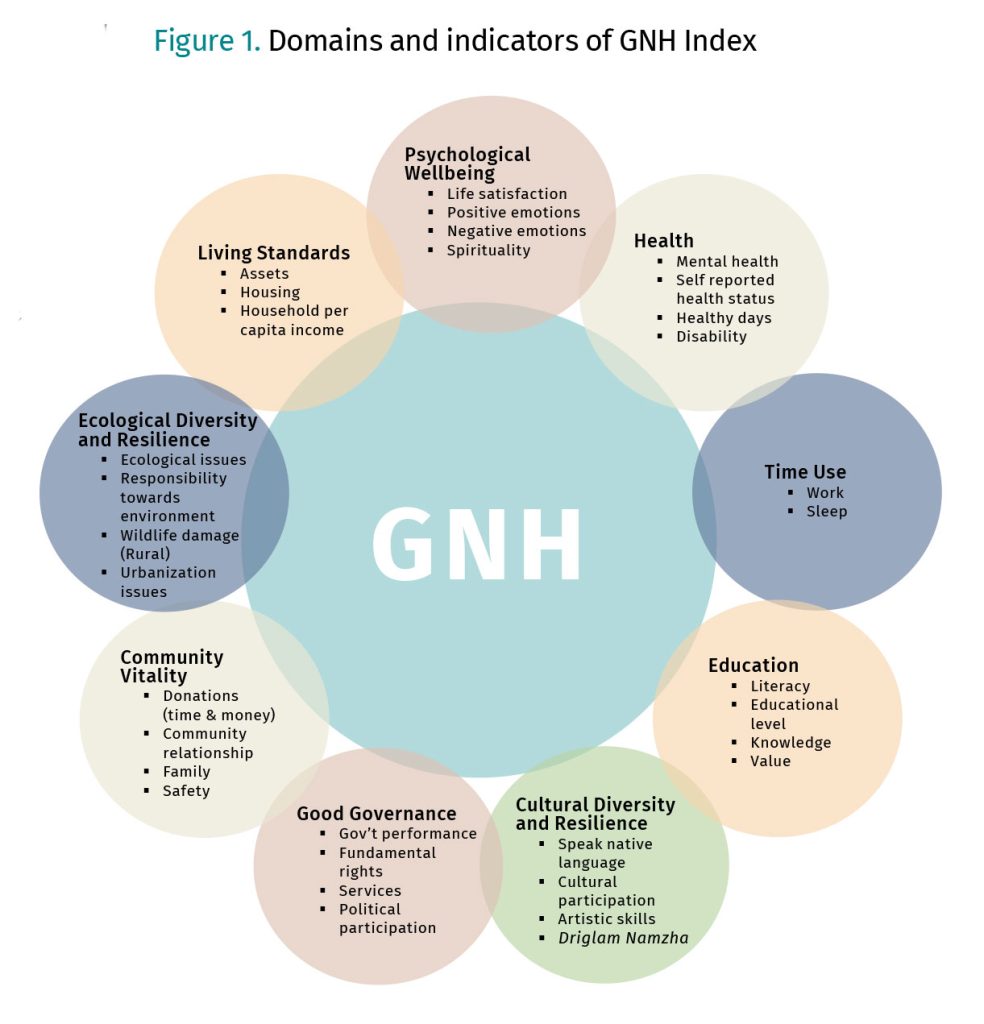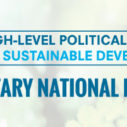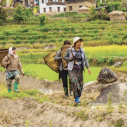
Search
Beyond GDP: Bhutan’s GNH Index Unveiling the Path to Human Flourishing
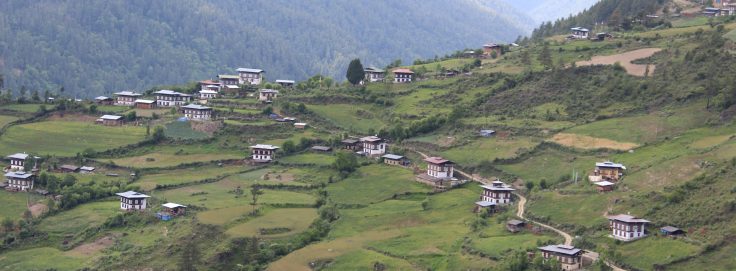
In an era where economic growth and GDP have traditionally been the primary measures of a nation’s progress, a growing global conversation is challenging this conventional wisdom. Countries and international organizations are increasingly recognizing the limitations of GDP as a sole indicator of wellbeing and at the forefront of this paradigm shift stands the Bhutan’s Gross National Happiness (GNH) Index, a daring concept that transcends material pursuits and has captured the imagination of leaders and thinkers worldwide.
Furthermore, the Covid-19 pandemic acted as a wake-up call for nations worldwide, prompting a reevaluation of the effects of focusing solely on economic growth. The pandemic exposed the vulnerability of societies and highlighted the interconnectedness between social, natural, and economic factors. It became evident that neglecting social and natural capital can have profound implications for mental health, livelihoods, and overall wellbeing. The GNH Index brings attention to these critical dimensions and encourages a holistic approach to assessing progress.
The 2022 GNH Index marks a significant milestone in the global pursuit of wellbeing beyond GDP. Bhutan’s pioneering approach has not only captured the attention of global leaders and organizations but has also inspired a shift in how we perceive progress. As the UNDP and OECD champion the need for multidimensional indicators and policy reforms, Bhutan’s insights and experiences will play a vital role in shaping the global conversation on wellbeing. The GNH Index’s influence has the potential to reshape the way nations prioritize their citizens’ holistic wellbeing and safeguard the rights of future generations. Bhutan’s journey towards Gross National Happiness serves as a guiding light for a future where the pursuit of prosperity aligns with the pursuit of happiness.
Bhutan’s journey towards Gross National Happiness serves as a guiding light for a future where the pursuit of prosperity aligns with the pursuit of happiness.
Bhutan’s GNH Index, developed by the Royal Government, delves into the intricate tapestry of human flourishing. Constructed using the Alkire-Foster Method, the GNH Index harmonizes 33 thoughtfully selected indicators across nine domains of psychological wellbeing, health, education, time use, cultural diversity and resilience, good governance, community vitality, ecological diversity and resilience, and living standards.
The GNH Index assesses each person’s level of sufficiency in each of the 33 GNH conditions. A person is considered GNH happy if they are sufficient in at least 66% of the 33 weighted indicators or domains. The GNH Index combines the percentage of people who are happy with the level of happiness attained by those who are not yet happy. The scale goes from 0 to 1, with values closer to 0 indicating low GNH and 1 representing a perfect score.
Launch of GNH 2022
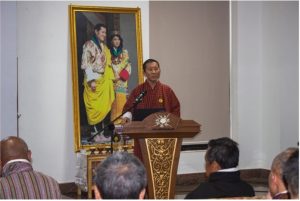
Bhutan Prime Minister of Bhutan, Dr. Lotay Tshering
The results of the 2022 GNH Index, which was based on surveying over 11,000 Bhutanese, were launched through a book titled 2022 GNH in May 2023 by the Prime Minister of Bhutan, Dr. Lotay Tshering (pictured).
The book highlights the distribution of GNH across districts, age cohorts, genders, occupations and so on, as well as its trends and policy implications.
The book also presents typologies of GNH happy people – who come from many occupations and walks of life. As one does not require sufficiency in all domains to have the causes and conditions of wellbeing, some of the happiest people also lack sufficiency in indicators ranging from negative emotions to literacy to income – but they have a critical mass of other achievements. The GNH Index thus makes visible many distinct patterns of human flourishing – which are dependent upon monetary inputs to various degrees.
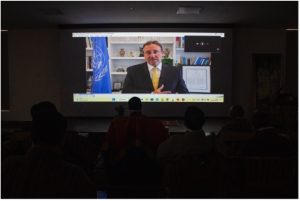
Achim Steiner, UNDP Administrator
Elevating the ‘Beyond GDP’ Agenda, Achim Steiner, the Under-Secretary-General of the United Nations and UNDP Administrator, also acknowledged at the launch the significance of Bhutan’s GNH approach in advancing the global conversation on measuring wellbeing. With the UN Secretary-General emphasizing ‘Beyond GDP’ as a central reform agenda item for the Summit of the Future in 2024, Bhutan’s GNH serves as a key example of an alternative approach that focuses on holistic wellbeing rather than purely economic growth.
At the GNH Index launch, Mathias Cormann, the Secretary General of the OECD, emphasized the need to use multidimensional indicators to measure welfare accurately. The recent agreement among G7 Finance Ministers to integrate wellbeing indicators into the policymaking process reflects a growing consensus on the inadequacy of GDP as a standalone metric. Cormann indicated that the OECD wishes to include Bhutan’s perspective and insight in a new knowledge exchange platform for a wellbeing matrix and the sharing of policy best practices.
James Foster, Oliver T. Carr Professor of International Affairs and Professor of Economics at the George Washington University, stated at the launch event that Bhutan’s pioneering efforts in measuring GNH will lead to increased interest in its application to policymaking beyond Bhutan’s borders.
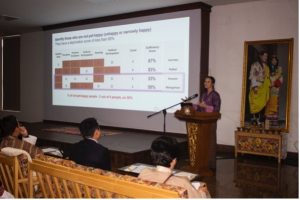
Sabina Alkire, OPHI Director
He commended its value-added in comparison with GDP – being disaggregated, policy relevant, easy to understand, and structured so as to recognize plural patterns of flourishing.
As other countries begin to adopt variations of the GNH Index structure that fit the elements of wellbeing in their contexts, they will gain a deeper understanding of its practical use and its transformative effects.
Results
According to the 2022 GNH Index, 48.1% of those aged 15 years and above were classified as happy. The percentage of happy people increased over time, from 40.9% in 2010 to 48.1% in 2022 (Figure 2).
The GNH Index value increased significantly from 0.743 in 2010 to 0.781 in 2022. This upward trend demonstrates Bhutan’s commitment to creating an environment that fosters wellbeing and happiness, even in the face of economic downturns like the Covid-19 pandemic.
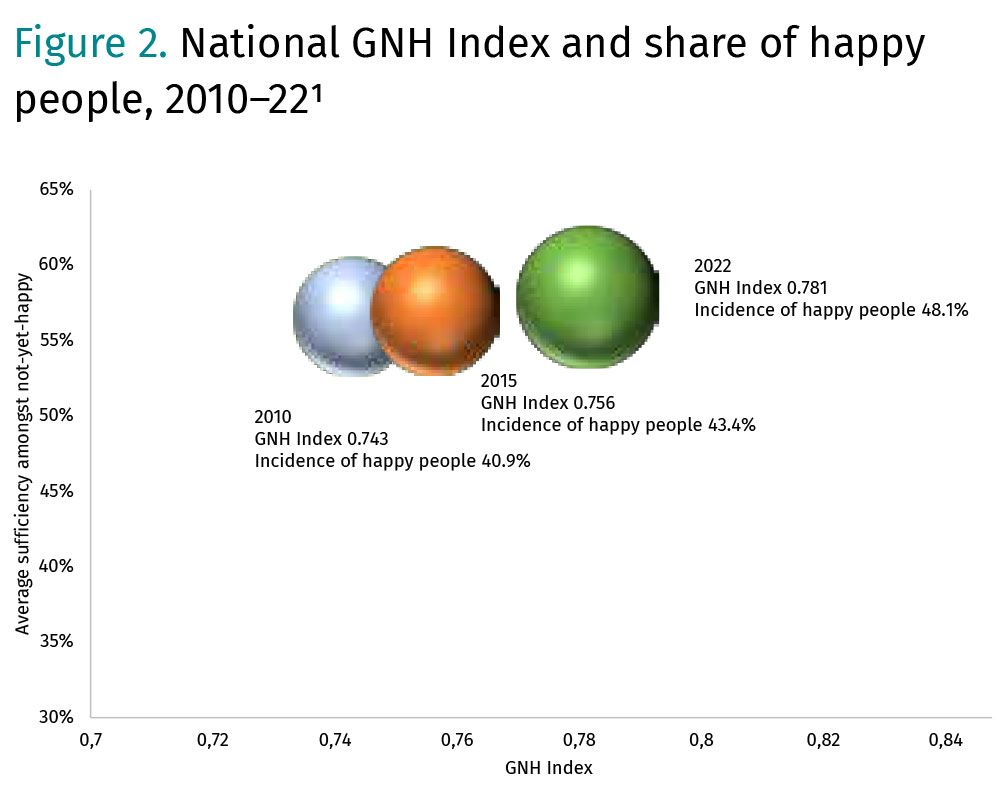
1 Size of the bubble represents the incidence of happy people.
In 2022, the remaining 51.9% of Bhutanese people who were not-yet-happy, as the index suggests, lack some causes and conditions of wellbeing such as sleep, mental health, cultural participation, political participation and native language indicators among others.
For policy and programmatic purposes, the book GNH 2022 carefully presents the deprivations of those in the not-yet-happy group so future policies can accelerate GNH growth.
Results revealed that urban regions have higher GNH. They scored 0.796 in 2022, while rural areas scored 0.771 in the same year. This disparity highlights the need for increased efforts to promote GNH in rural areas, ensuring that the benefits of Bhutan’s development reach all corners of the nation. Yet while the GNH Index did not change in urban areas from 2015 to 2022, it grew quickly in rural areas, increasing from 0.731 to 0.771 since 2015. Therefore, while rural areas continued to record lower index values, their happiness levels increased over time.
Since the measurement of GNH started, women have consistently reported significantly lower GNH than men. In 2010, for example, one-third (33.1%) of females were GNH happy, in contrast to almost half (48.5%) of males. In 2015, disparities widened (37.9% of GNH happy females vs. 51.1% of happy males). In 2022, although a large discrepancy remained (43.8% of females and 55.3% of males were GNH happy), there was an increase of almost 6 percentage points for women, reflecting that policies are increasing women’s wellbeing and reducing this gender gap.
The GNH Index reveals the remarkable progress that has been made in improving the living standards of people in Bhutan. One key area has been housing: nearly one-third of Bhutanese (31%) witnessed an improvement in this indicator. The availability of suitable roofing materials, increased restroom quality, and improved room ratios contributed to this remarkable improvement. It also reflects an increase in income, as more people are able to meet the GNH income cut-off.
One significant factor that contributed to the improvement of living standards was His Majesty’s Druk Gyalpo Relief Kidu (DGRK), an unconditional cash transfer programme implemented to assist individuals facing income losses during the Covid-19 pandemic. This initiative provided relief to many, enabling them to overcome rental expenditures and contributing to an increase in household per capita income.
Furthermore, Bhutan also observed a boost in local agriculture during the pandemic-induced import restrictions. As a result, rural farmers may have experienced an increase in their disposable incomes, which has had a positive ripple effect on their livelihoods.
The GNH 2022 also examines areas that have experienced deterioration, particularly a decrease in the proportion of people enjoying 27 or more healthy days in the past 30 days. This indicator reduced by 11.5% in 2022 compared to 2015. This decline might be attributed to the pandemic and the measures implemented to reduce the probability of infection during 2020 and part of 2021, such as lockdowns and restrictions on movement, which may have limited people’s ability to access health services or even exercise.
There was a significant drop in cultural participation in 2022 compared to 2015. The censored sufficiency headcount ratio decreased from 25% in 2015 to around 19% in 2022 This decline, too, may be attributed to the far-reaching impacts of the pandemic.
It is disheartening to observe a significant reduction of 12.2% in the perception of the importance of Driglam Namzha and its observance. Driglam Namzha refers to a rich cultural heritage that promotes ways of living in complete harmony with others. Cultural heritage plays a vital role in shaping Bhutanese identity and fostering social cohesion. Therefore, it is crucial to address this decline and find ways to update and renew interest and appreciation for profound and pro-social cultural traditions.
A significant reduction of 11.4% in political participation was also observed. This reduction is reflected in people’s willingness to vote and the frequency of attendance at local meetings, it also indicates a decrease in engagement with and trust in the political system. To revitalize political participation, political leaders must foster an environment that promotes trust, transparency, and inclusivity. Promoting a culture of active citizenship – and making voting easy – can empower people to participate and to see the impact they can have on Bhutanese society.
The full book GNH 2022 contains many additional nuances. For example, it offers typologies of happy people, be these illiterate farmers or civil servants –so we see the diversity of paths to GNH flourishing which people are taking. And although income is a GNH condition, money is not enough: among the richest 20% of Bhutanese, a startling 42% are not yet- happy according to the GNH index.
The GNH 2022 classifies people by a happiness gradient with four groups: Deeply happy, Extensively happy, Narrowly happy and Unhappy. Individuals who have 77% or more of the 33 weighted indicators, are categorized as deeply happy. Those who have scores from 66% to 77% are classified as ‘extensively happy’. Both groups are GNH Happy. However, those who met just 50% to 65% of the GNH conditions, are termed ‘narrowly happy’ and those who have sufficiency in less than half are classified as ‘unhappy’. Both groups are termed not-yet-happy.
Overall, 9.5% of Bhutanese people were deeply happy, 38.6% were extensively happy, 45.5% were narrowly happy, and 6.4% were unhappy. The purpose of GNH is to continue to address the problems of the not-yet-happy so that they may also flourish.
The detailed findings of the 2022 GNH Index are published in the book GNH 2022 by Ura et al. The lead author, Dasho Karma Ura, has been the visionary leader of the GNH concept and measure since its inception. The book is available for download on www.bhutanstudies.org.bt/2022-gnh-report.
This article was published in Dimensions 15















